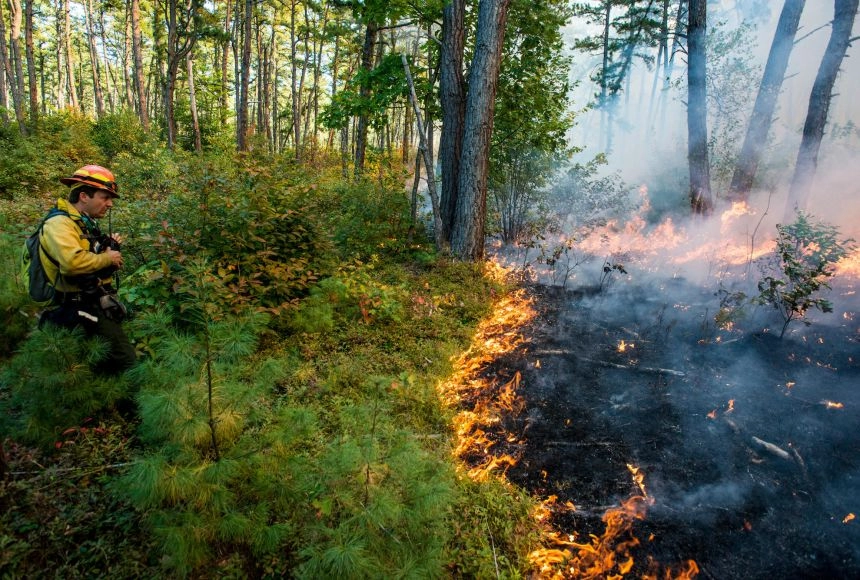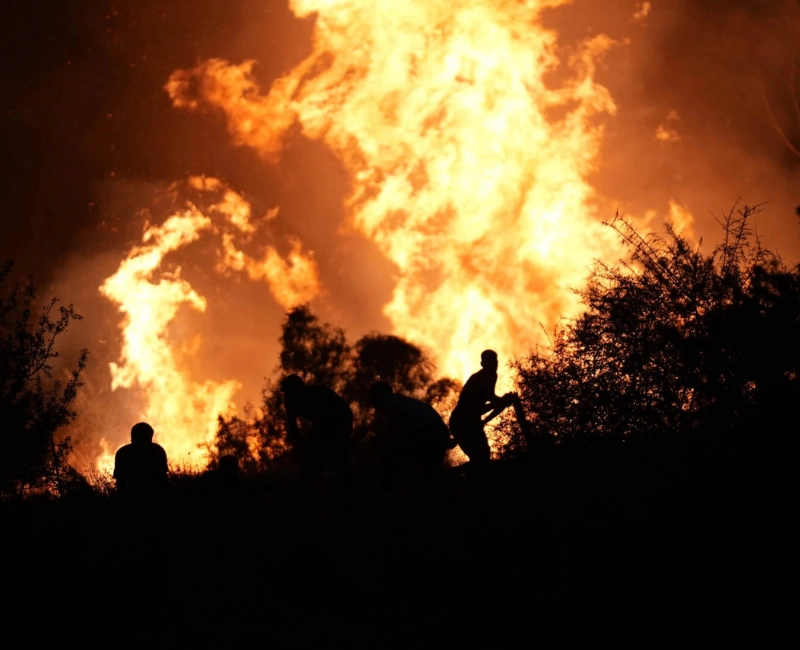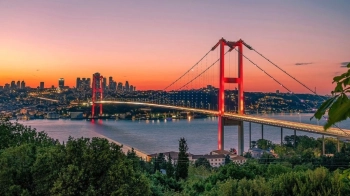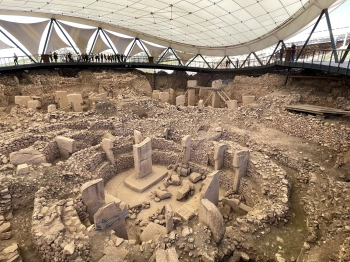What causes wildfires to spiral out of control? Why is Türkiye, particularly Izmir, facing such devastating blazes? How can communities better prepare for these disasters? These questions loom large as the country grapples with yet another deadly wildfire season.
The Izmir Wildfires: A Tragic Overview
The recent wildfires in Izmir have left a trail of destruction, claiming lives and displacing hundreds. The blazes, fueled by extreme heat and strong winds, rapidly spread across forests and residential areas, overwhelming firefighting efforts. Authorities reported multiple fatalities, with many more injured or left homeless.
One tragic example is the village of Köşk, where flames engulfed homes within minutes, leaving families with nothing but the clothes on their backs. The speed and intensity of the fires caught even emergency services off guard, highlighting the unpredictable nature of such disasters.
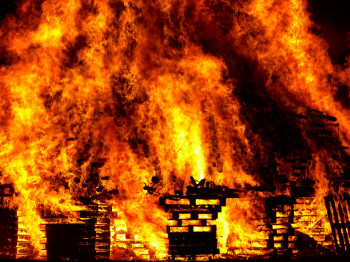
Climate Change and Its Role in Wildfires
Scientists have long warned that climate change exacerbates wildfire risks. Rising temperatures, prolonged droughts, and erratic weather patterns create ideal conditions for fires to ignite and spread. In Türkiye, temperatures have soared above seasonal averages, drying out vegetation and turning forests into tinderboxes.
A practical example of this is the Mediterranean region, where climate models predict increased aridity. Countries like Greece, Italy, and Spain have also faced severe wildfires, underscoring a regional crisis. Türkiye's experience mirrors this trend, with fires becoming more frequent and intense.

Firefighting Efforts and Challenges
Türkiye has mobilized significant resources to combat the wildfires, including helicopters, planes, and ground teams. However, challenges such as rugged terrain, limited water sources, and shifting winds hinder these efforts. International aid, including firefighting aircraft from the EU, has been deployed to assist.
For instance, in the Manisa province, firefighters worked for days to contain a blaze that threatened critical wildlife habitats. Their efforts, while heroic, often seem like a drop in the ocean against the scale of the disasters.
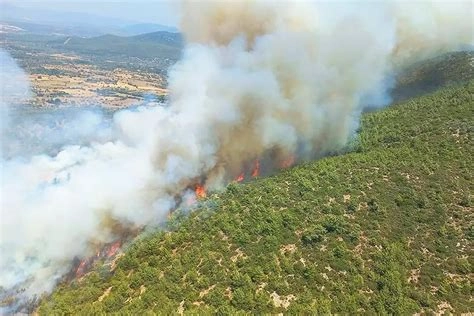
Community Preparedness and Evacuation Plans
Local communities play a crucial role in wildfire response. Preparedness measures, such as creating defensible spaces around homes and having evacuation plans, can save lives. In Izmir, some neighbourhoods were evacuated in time, preventing greater loss of life.
A real-world application of this is the "Firewise" program in the U.S., which educates residents on reducing wildfire risks. Similar initiatives in Türkiye could empower communities to take proactive steps.
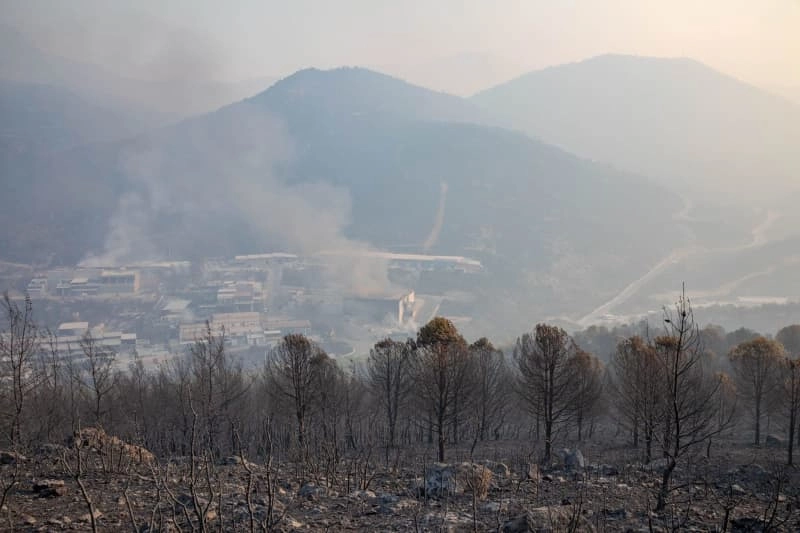
The Long-Term Impact on Ecosystems and Economy
Wildfires don’t just cause immediate harm; they leave lasting scars on ecosystems and local economies. Destroyed forests take decades to regenerate, while tourism and agriculture suffer heavy losses. In Izmir, the iconic pine forests may never fully recover, affecting biodiversity and livelihoods.
For example, the 2021 wildfires in Marmaris led to a sharp decline in tourist arrivals, dealing a blow to small businesses reliant on seasonal income. The economic ripple effects are felt long after the flames are extinguished.
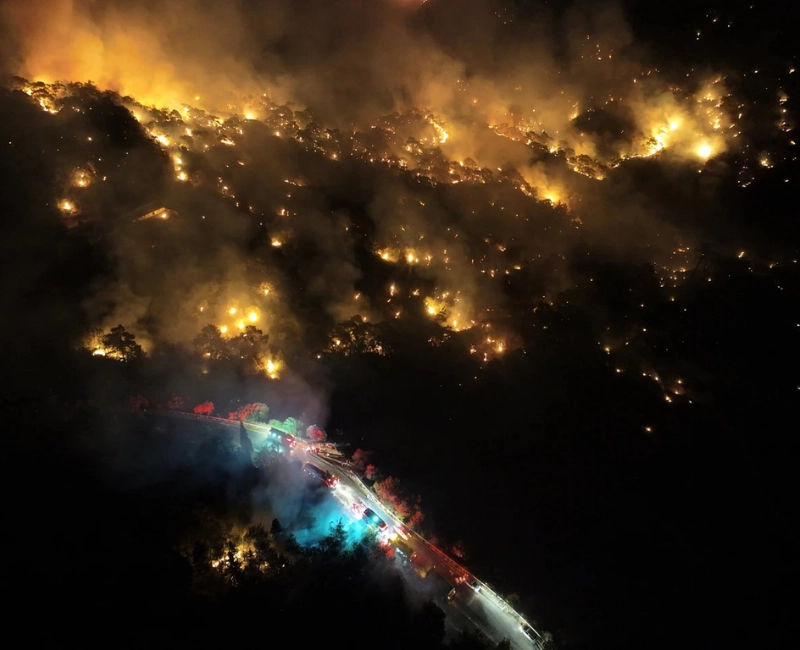
What Can Be Done to Prevent Future Tragedies?
Preventing future wildfires requires a multi-faceted approach. Investing in early warning systems, improving forest management, and enforcing stricter regulations on land use are critical steps. Public awareness campaigns can also reduce human-caused fires, which account for a significant portion of incidents.
Countries like Australia have implemented controlled burns and community drills to mitigate risks. Adopting similar strategies in Türkiye could build resilience against future disasters.
